As the vibrant colors of summer begin to fade and the air turns crisp, fall in Michigan offers a unique opportunity for gardeners and landscapers alike. While spring is often touted as the prime planting season, fall presents its own advantages that can lead to flourishing gardens and landscapes. Here’s a rundown of the best times to plant various types of plants in the fall, including evergreens, shade trees, ornamental trees, perennials, flowering shrubs, and fruit trees, along with the reasons why fall is a fantastic time for planting in Michigan.
Why Plant in Fall?
Fall planting is advantageous for several reasons:
1. Cooler Temperatures: The cooler air temperatures reduce stress on newly planted plants, allowing them to establish roots without the heat of summer.
2. Soil Warmth: While the air cools, the soil remains warm, promoting root growth. Roots can continue to grow until the ground freezes, making it ideal for establishing new plants.
3. Less Competition: With many plants going dormant for the winter, there’s less competition for nutrients and water, giving your new plants a better chance to thrive.
4. Moisture: Fall often brings increased rainfall, which can help establish young plants without the need for frequent watering.
Evergreens
Best Planting Time: Late September to early November
Evergreens, such as pines, spruces, and firs, are excellent choices for fall planting. The warm soil allows their roots to establish before winter sets in. By the time spring arrives, they will be well-prepared to take advantage of the growing season. As a bonus, evergreens provide year-round color and privacy, making them a popular choice for landscaping.

Shade Trees
Best Planting Time: Mid-September to late October
Shade trees like oaks, maples, and elms thrive when planted in the fall. During this period, the trees focus on root establishment rather than leaf production. By planting in the fall, you give shade trees a head start on growth, ensuring they are ready to leaf out in the spring. Additionally, planting in the fall allows them to avoid the stress of summer heat.
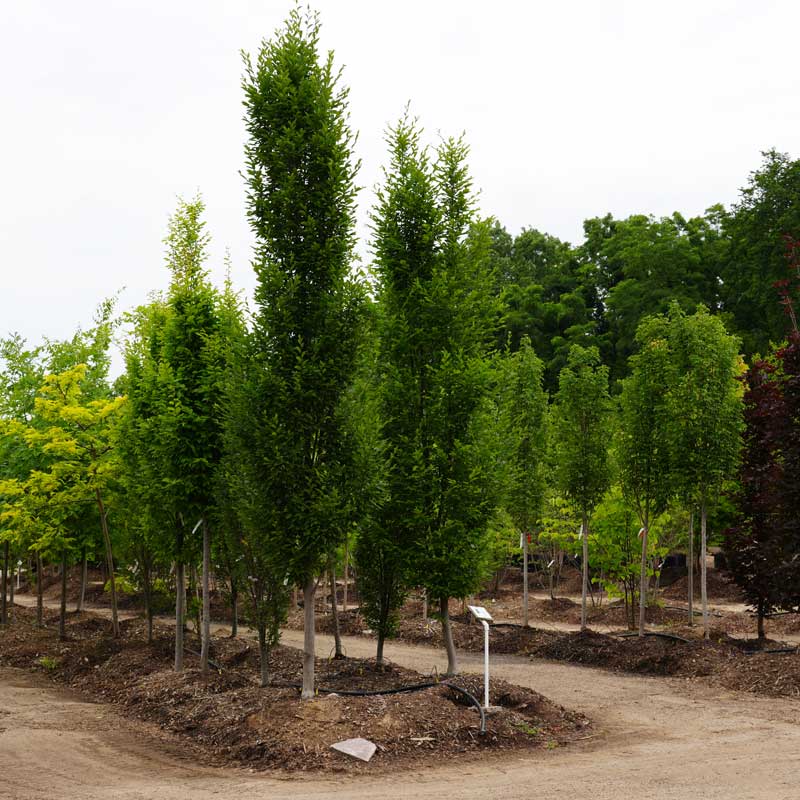
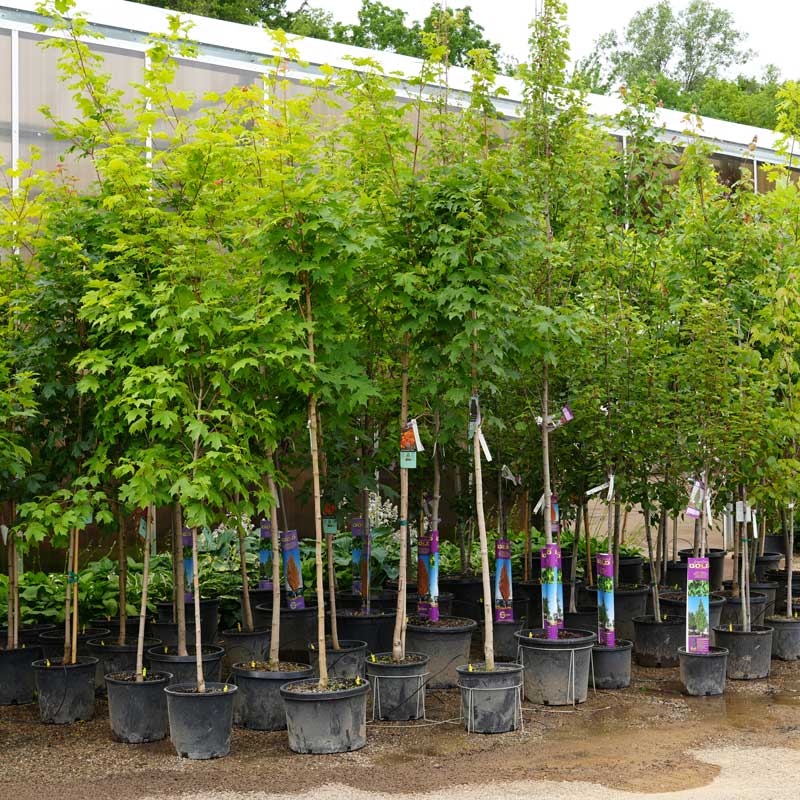
Perennials
Best Planting Time: Late August to mid-October
Perennials, such as daylilies, hostas, and coneflowers, are excellent candidates for fall planting. By late summer to mid-fall, the soil is still warm enough to encourage root development while the air temperatures begin to cool. This environment allows perennials to establish themselves before the winter dormancy period. When spring arrives, these plants will burst forth with vigor, often blooming earlier than those planted in spring.
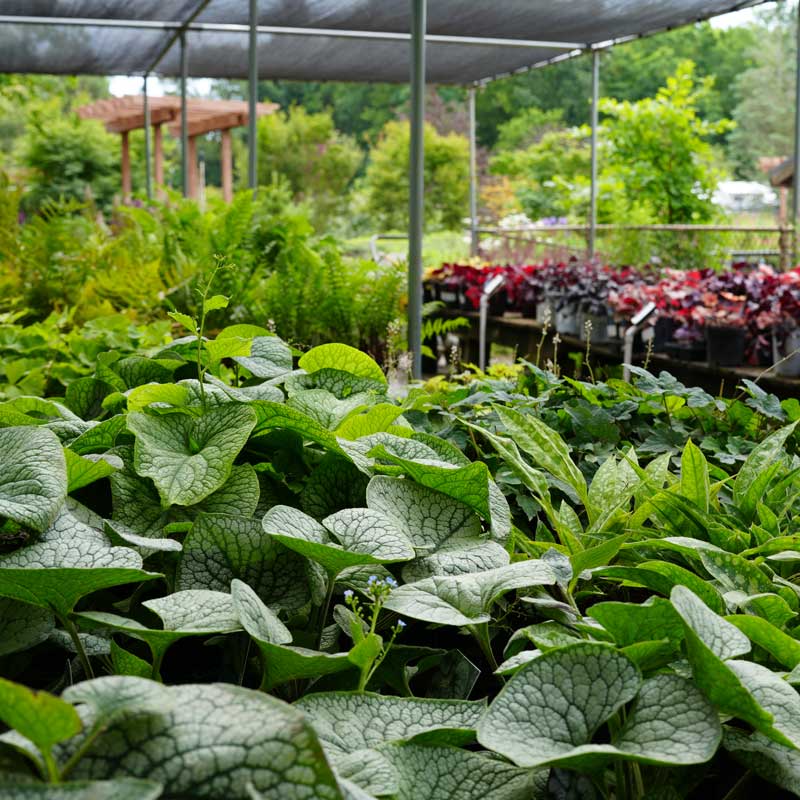
Flowering Shrubs
Best Planting Time: Mid-September to early November
Flowering shrubs like hydrangeas, lilacs, and azaleas are best planted in the fall for several reasons. As with perennials, the cooler temperatures and warm soil create an ideal environment for root growth. Planting these shrubs in the fall also allows them to acclimate to their new surroundings, reducing stress when they begin to leaf out in the spring. Furthermore, many flowering shrubs are less susceptible to pests and diseases when planted during the fall season.
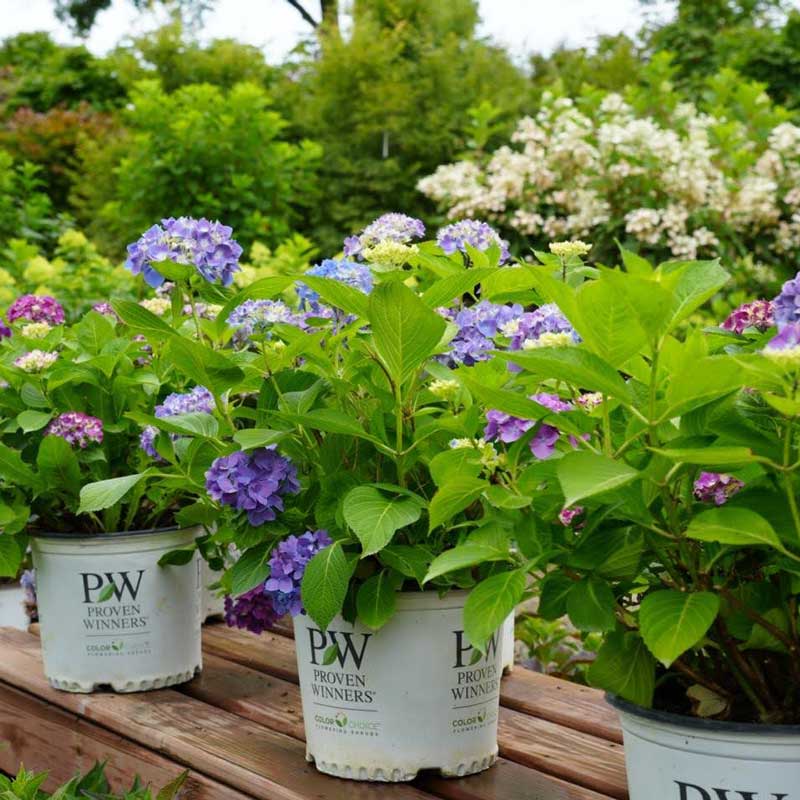
Fruit Trees
Best Planting Time: Late September to mid-October
If you’re dreaming of homegrown apples, cherries, or pears, fall is the perfect time to plant fruit trees in Michigan. Planting in late September to mid-October allows the trees to establish roots before winter’s chill. Well-established roots mean that fruit trees will have a better chance of thriving when they wake up in the spring. Additionally, planting in the fall can lead to earlier fruit production in the following years, as the trees have a solid root system to support their growth.
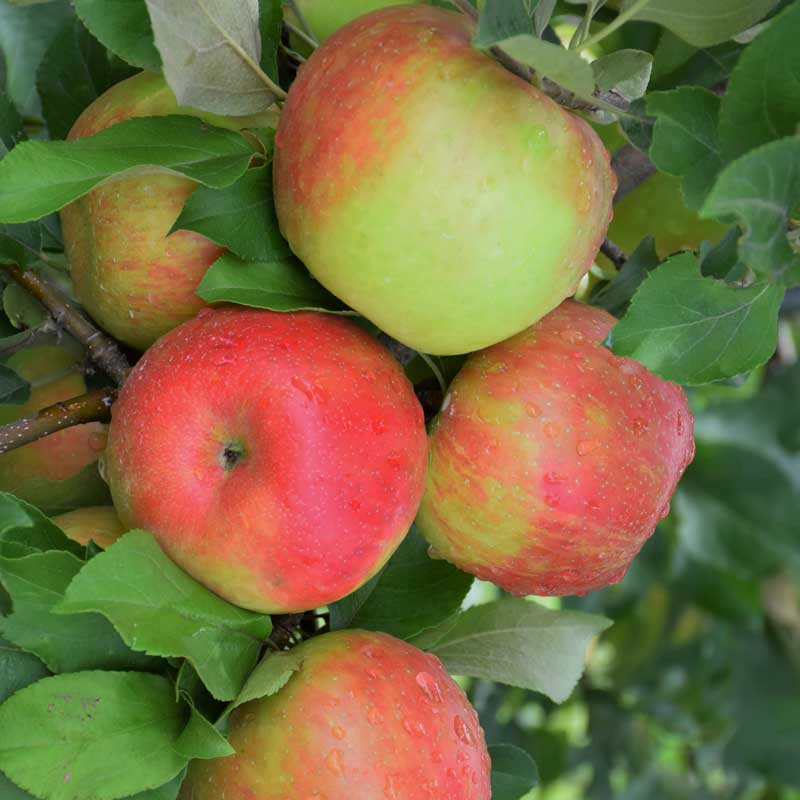
Ornamental Trees
Best Planting Time: Late September to mid-November
Ornamental trees, such as cherry blossom, dogwood, and redbud, add beauty and character to any landscape. Fall is an ideal time to plant these trees for several reasons. Just like shade trees, ornamental varieties benefit from the warm soil temperatures that encourage root establishment before winter. Additionally, planting in the fall allows these trees to acclimate to their new environment, minimizing stress as they prepare for dormancy.

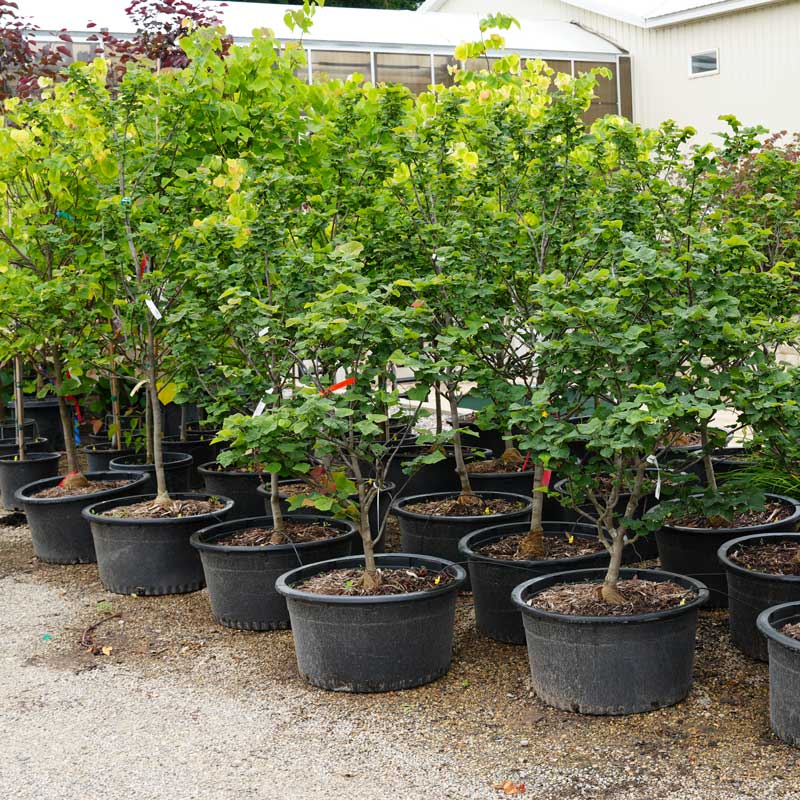
Tips for Successful Fall Planting
Fall planting is advantageous for several reasons:
1. Soil Preparation: Ensure your planting area is well-drained and enriched with organic matter. This will improve nutrient availability and promote healthy root growth.
2. Watering: While fall often brings rain, it’s essential to monitor soil moisture. Newly planted trees and shrubs should receive consistent moisture, especially if the fall is dry.
3. Mulching: Apply a layer of mulch around your plants to retain moisture, suppress weeds, and regulate soil temperature. Be cautious not to pile mulch against the trunk of trees or shrubs, as this can lead to rot.
4. Protection: If you’re planting late in the fall, consider wrapping young trees with burlap to protect them from harsh winter winds and extreme temperature fluctuations.
Summary
Fall is an underrated yet optimal time for planting in Michigan. With the right choices and care, you can create a lush, vibrant landscape that will thrive for years to come. Whether you’re adding evergreens for year-round beauty, shade trees for summer relief, perennials for seasonal color, flowering shrubs for visual interest, or fruit trees for bountiful harvests, planting in the fall can set you up for success.
Embracing the fall planting season means you can enjoy the satisfaction of nurturing new life as the world around you transforms into a tapestry of autumn hues. By choosing the right time and plants, you’ll be giving your garden a head start on the upcoming growing season.
So, grab your gardening gloves, prepare your soil, and take advantage of this perfect planting window. Your future self will thank you when your landscape bursts into life in the spring, showcasing the fruits of your fall labor.
Happy planting, and enjoy the beautiful transition of the seasons!
